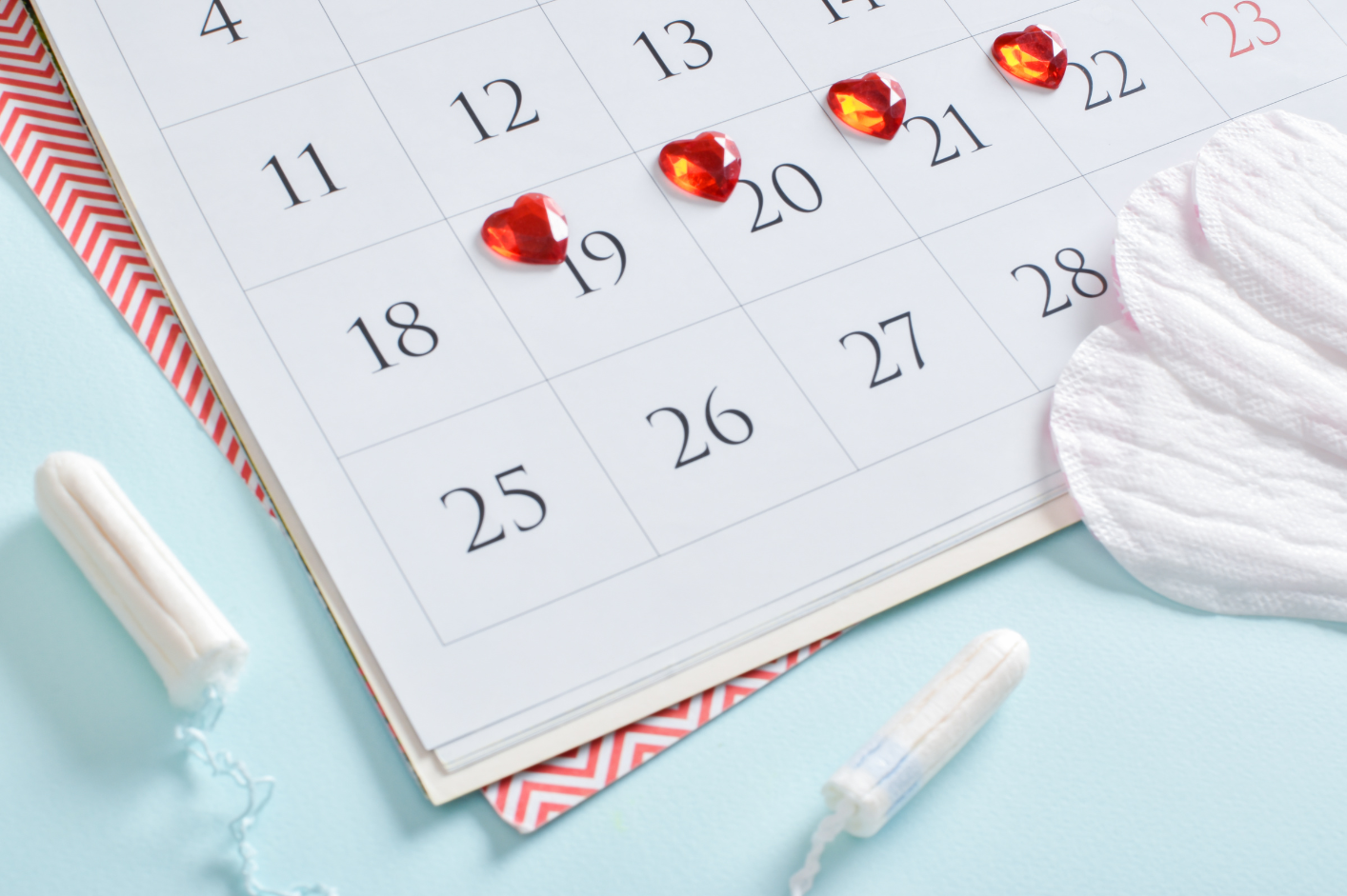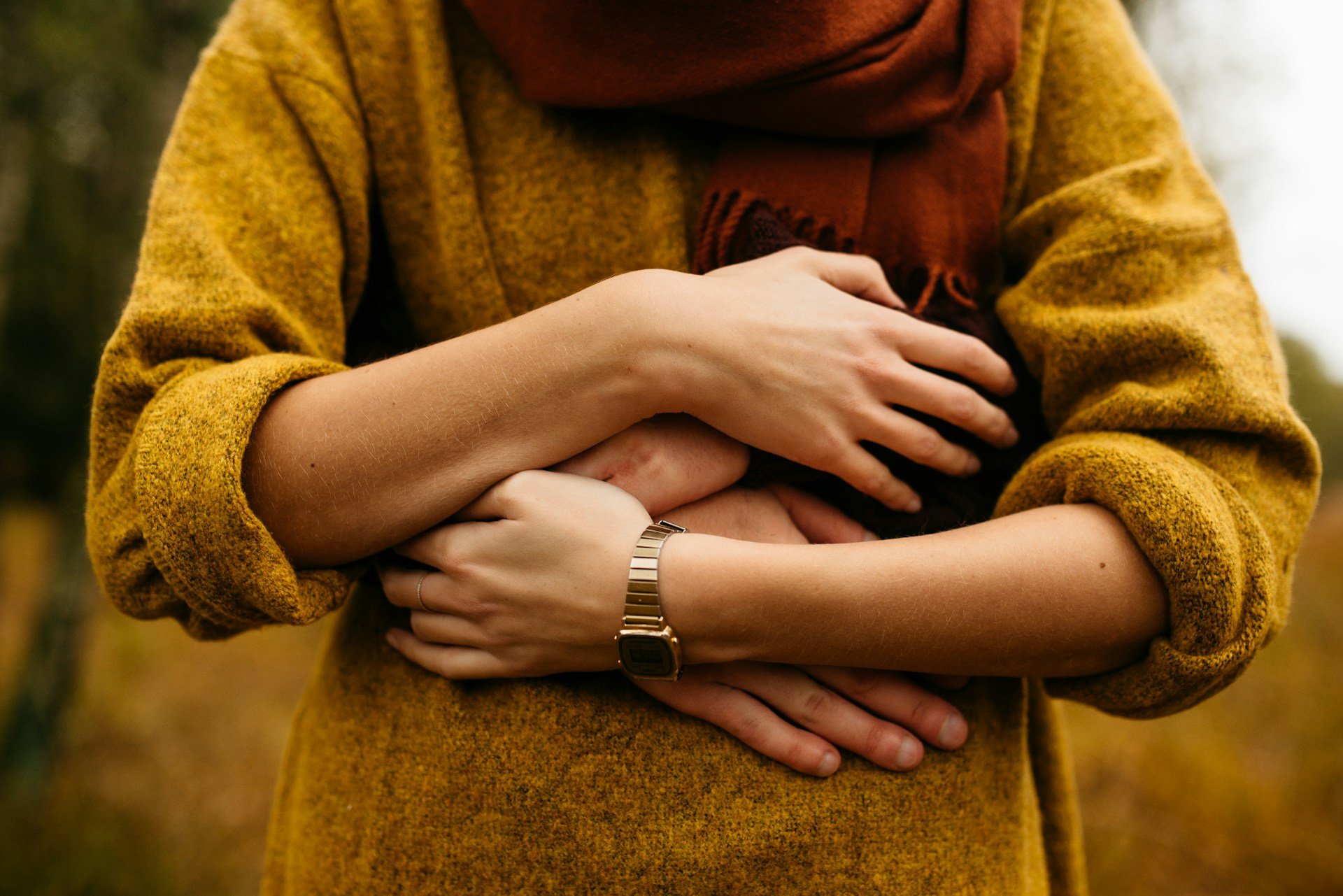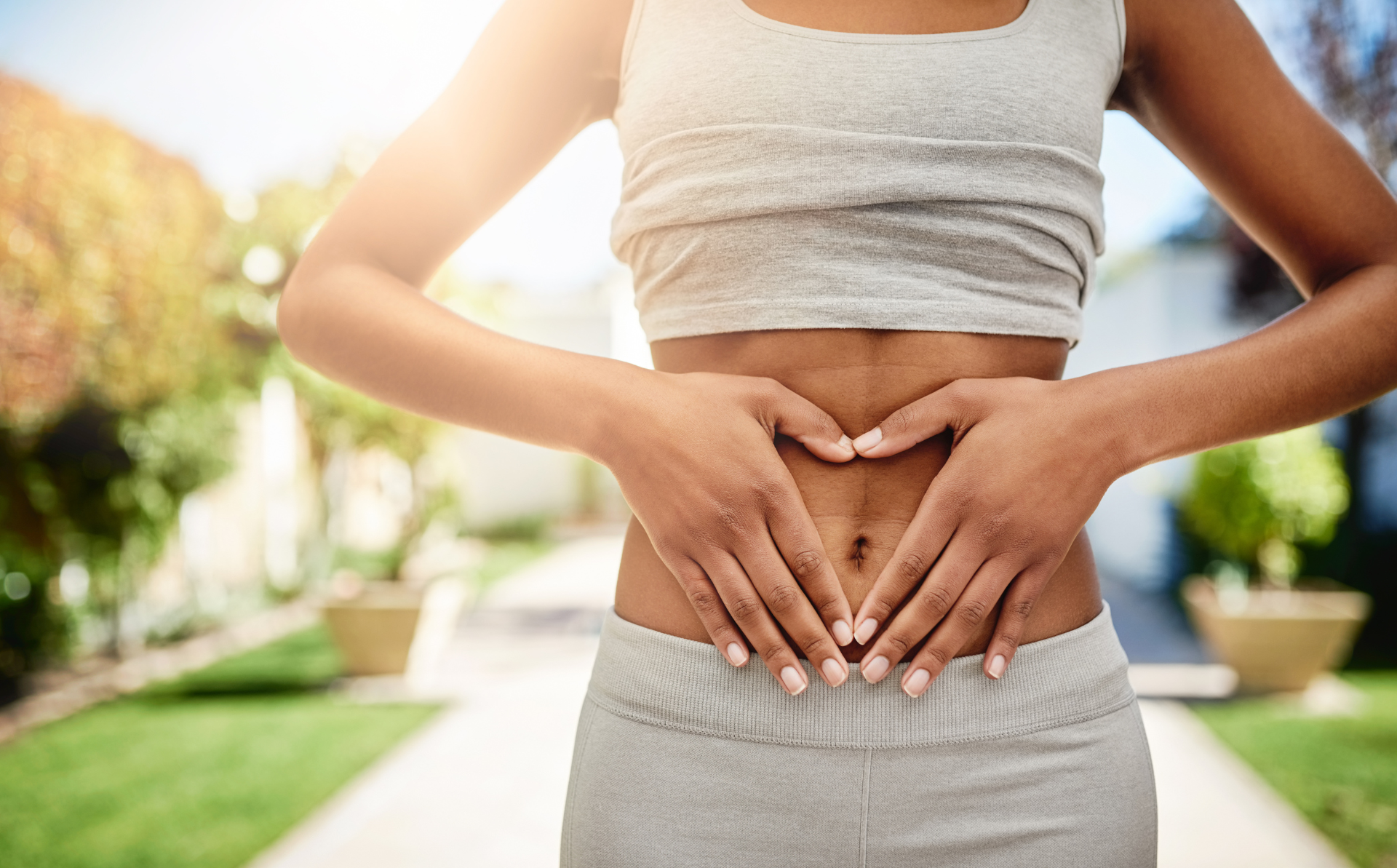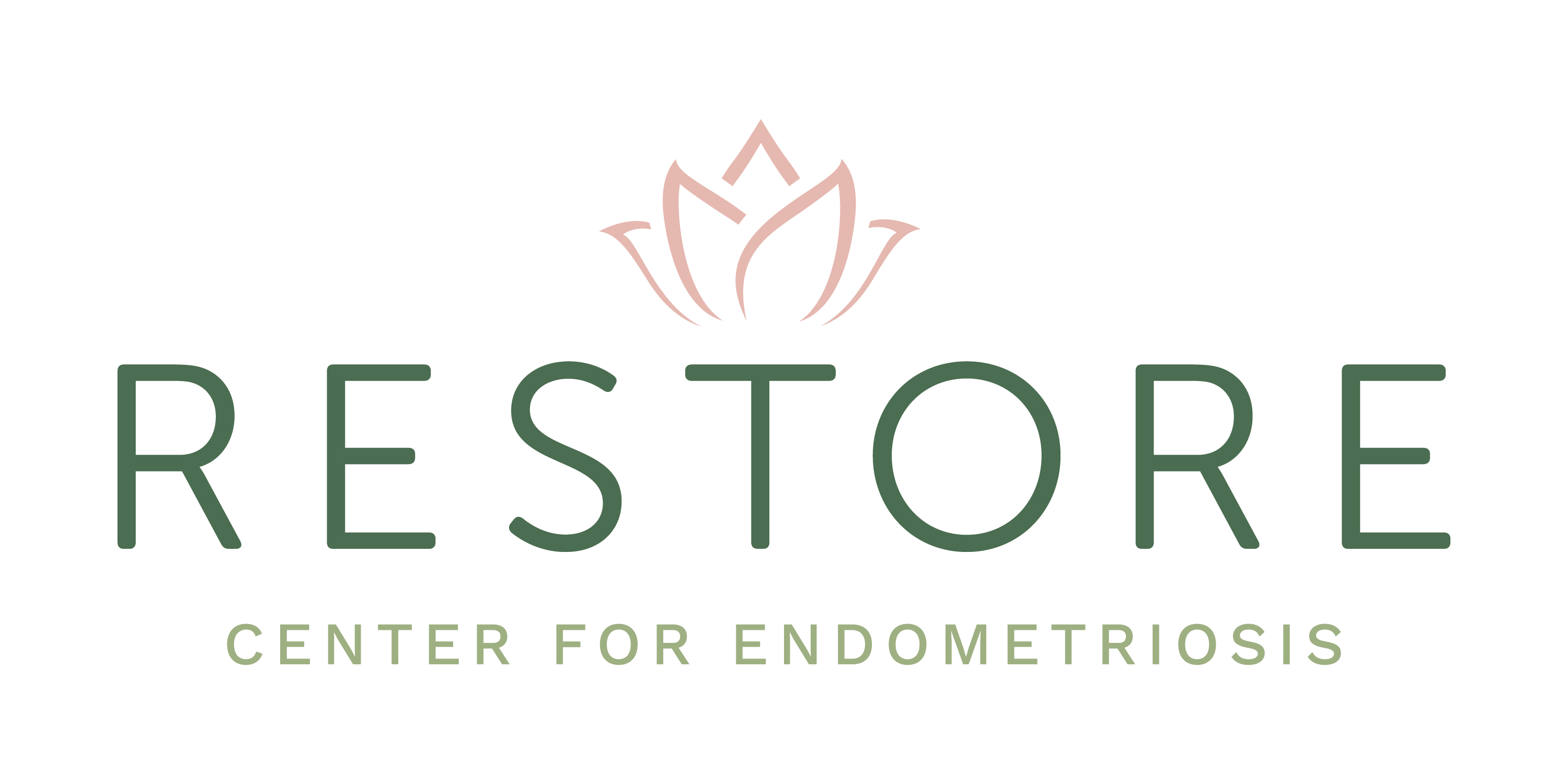3 min read
Understanding Your Cycle + Seed Cycling
Restore Center For Endometriosis February 21, 2025

Table of Contents:
Do I have Endometriosis?
Symptoms of Endometriosis
Co-existing Conditions
Diagnosis
Treatment
Did you know that women have an average of 450 menstrual cycles-that’s about 8-10 years of your life on your period!
One of the most empowering pieces of education any woman can receive is understanding the four phases of your menstrual cycle.
When you understand that you are experiencing shifts in your hormones, emotions, energy levels, and nutritional needs, you can give yourself permission to live with your cycle-eating foods that nourish hormone balance, choosing appropriate workouts, and focusing on self-care.
Let’s look at each of the 4 Phases of your Menstrual Cycle:
Keep in mind-everybody is different!
1. Menstrual Phase
This phase kicks off the beginning of your estimated 28-day cycle. Taking place on approximately days 1-6, your uterine lining is shedding as it is not needed to support an embryo, resulting in menstruation, aka your period.
Hormones, including estrogen and progesterone, are at their lowest and fertility is at its lowest during this phase.
During this phase your energy levels tend to be their lowest and your body needs extra rest and soothing nourishment.
Focus on warm foods, staying hydrated, gentle movement and stretching, and extra rest.
2. Follicular Phase:
Overlapping with the menstrual phase and extending until around cycle day 14, this phase is marked by a rise in estrogen and follicle-stimulating hormone (FSH), preparing your body for egg development and ovulation.
Your pituitary gland sends signals (FSH) from your brain to trigger the development of follicles in your ovaries, these follicles contain your eggs. One follicle will be dominant, the others are reabsorbed by your body. Follicles release estrogen, promoting the regrowth of your uterine lining as your body prepares for pregnancy.
Chances of fertility begin to increase as your body is preparing for ovulation.
You may feel more energetic and clear-headed, but possibly more anxious if energy is not properly channeled through movement, socializing, and activities that fuel and stimulate you.
Focus on energizing meals with lean proteins and healthy carbs, embrace cardio and strength training, and spend time with friends and family.
3. Ovulatory Phase:
Taking place somewhere between cycle days 12-18, most commonly on day 14, the dominant follicle releases the mature egg into your fallopian tube, your hormones (triggered by your pituitary gland) surge and you are at your most fertile. The matured egg will be viable for implantation by sperm for ~12-24 hours OR dissolve becoming part of your period.
This is the most fertile phase of a traditional 28-day cycle. While the egg is typically only viable for about 24 hours, there is a possibility of a 3–5-day window in which you can get pregnant as healthy sperm can live inside a woman's body for up to 5 days.
During this phase your estrogen, FSH, and luteinizing hormone (LH) peak and you will experience your highest levels of energy, increased sex drive, and peak cervical mucus.
Focus on filling meals with lots of protein and fresh fruits and veggies, push yourself with more intensive workouts, and tackle big projects on your to-do list during this phase!
4. Luteal Phase:
This is the longest phase of your cycle, beginning directly after ovulation taking place around days 15-28 (that’s 15+ days after the first day of your period), and closes out the 28-day cycle.
Significant hormonal shifts occurring during this phase. Progesterone rises to its peak-the body's way of preparing for pregnancy, estrogen will dip and then rise again, as fertility declines.
The lining of your uterus will begin to thicken in preparation for either the fertilized egg or your period. If pregnancy does not occur, both progesterone and estrogen will drop and lead to menstruation.
This first half of this phase may feel calmer and more balanced while the second half can be marked with higher emotions and the need for rest and relaxation.
Focus on lots of healthy fats, daily cardio moving into calming exercises, and soothing activities such as Epsom baths and deep breathing.
Seed Cycling for Hormone Balance:
In understanding that food is medicine there are many nutritional tools you can use to support healthy, happy hormones! One of the easiest ways to use food to balance hormones is seed cycling.
Supporting your cycle with the power of seeds can help balance hormones, reduce bloating and cramping, and promote overall well-being—especially for those managing endometriosis, where hormone balance plays a key role in symptom relief.
Simply consume specific seeds on a rotational basis throughout your cycle. Enjoy these seeds in a smoothie, yogurt parfait, or salad, or pop a handful into your mouth as a snack!
- Cycle Days 1-14: 1 tbsp of flax + pumpkin seeds daily to support estrogen balance, prevent excess estrogen, support progesterone production, and nourish healthy follicle development
- Days 15-28: 1 tbsp of sunflower + sesame seeds daily to boost progesterone, regulate estrogen levels, and support detoxification
If you don’t have a 28-day menstrual cycle, don’t worry! Many women don’t. It’s best to follow the 14-day cycle for each phase of seeds, rotating every 2 weeks.
At the RESTORE Center for Endometriosis, we strive to educate and empower our patients with resources and tools you can use each day in your journey to healing. Stay tuned for more education on living with your cycle, using food as medicine, and supporting hormone balance!
Related Posts

Endometriosis is a Chronic Disease



